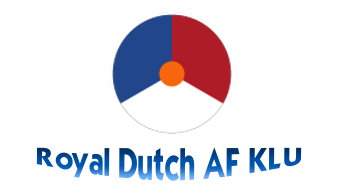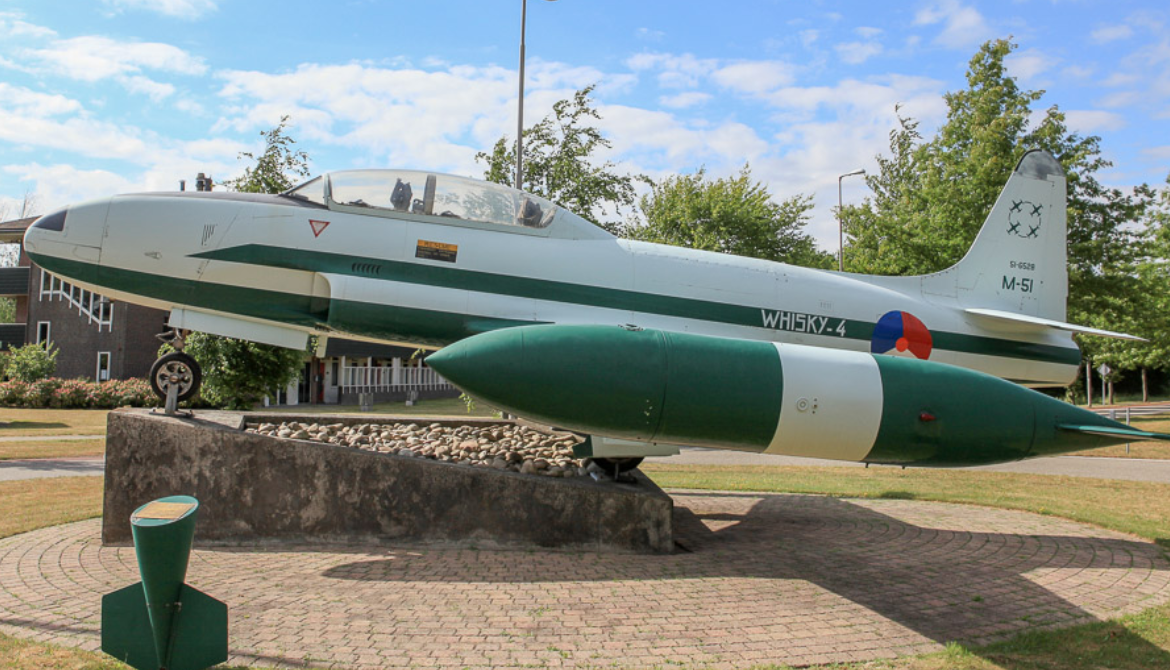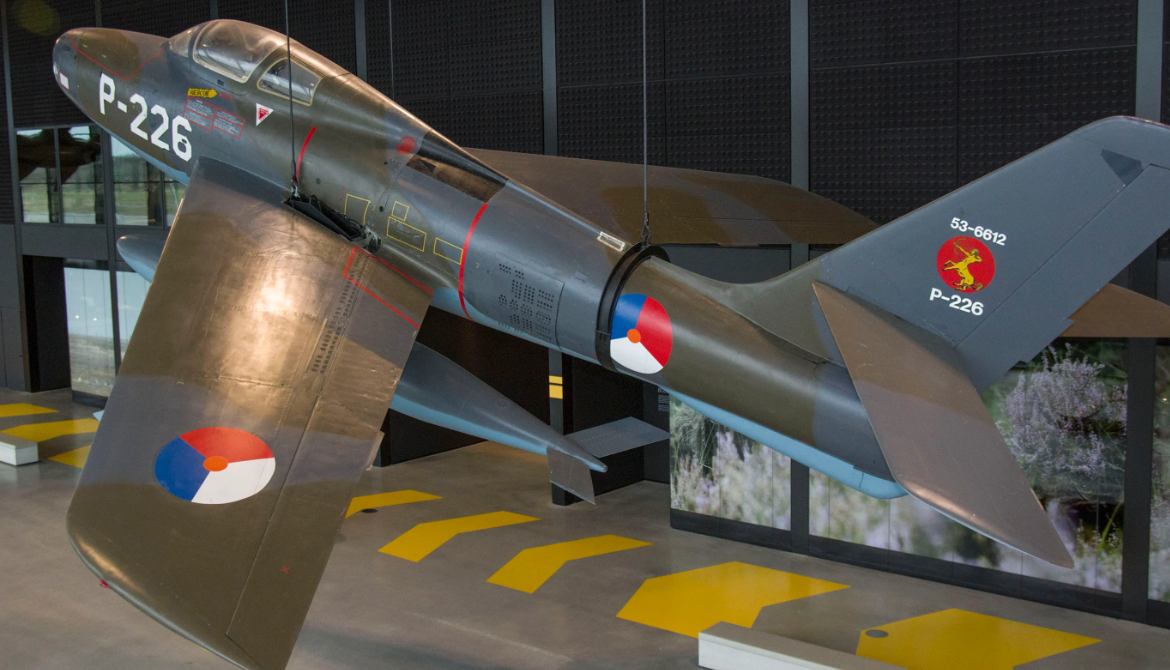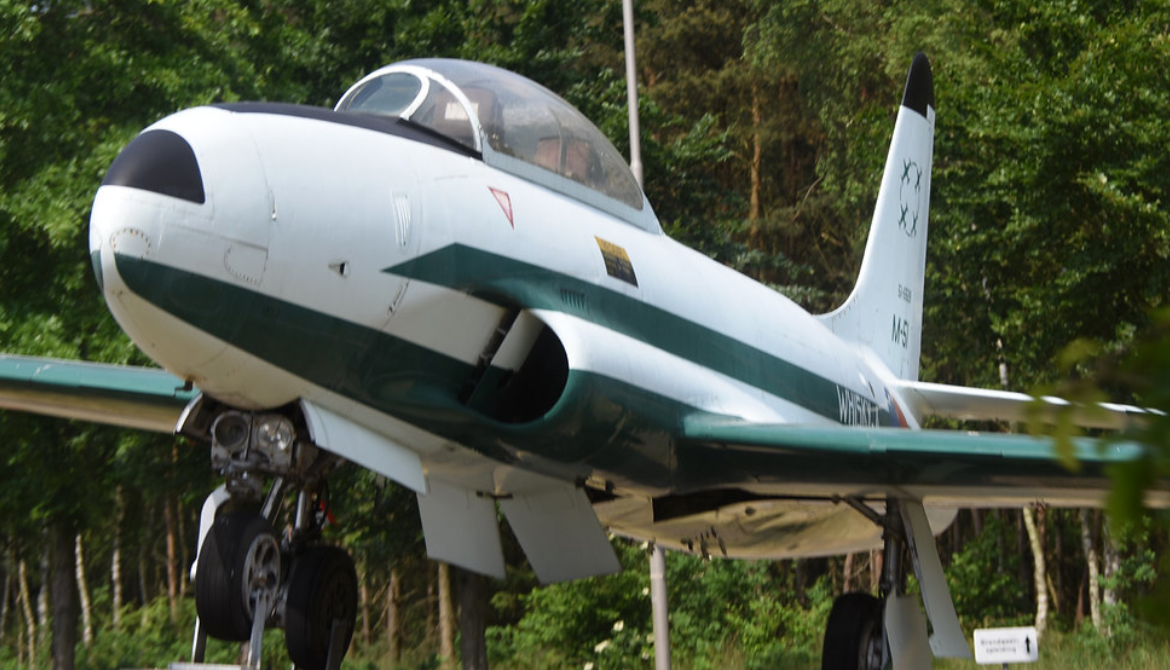
HeadGing 3
Whisky Four Wikipedia link
Heading 6
Whisky Four was een demoteam van de Koninklijke Luchtmacht. De naam verwijst naar de letter W, de eerste letter van thuisbasis Vliegbasis Woensdrecht.
Amazing Team Whisky Four "RNLAF"
Whisky Four was a demonstration team of the Royal Air Force. The name refers to the letter W, the first letter of home base Woensdrecht Air Base according to the NATO spelling alphabet and the number of aircraft used during shows. The Whisky Four team consisted of instructors from the former fighter pilot training program at Woensdrecht Air Base.
Team Whisky Four "RNLAF"
Whisky Four first officially flew five Gloster Meteors Mk IV in 1956 at a brevet ceremony and at that time consisted of RAF flight instructor Flight-Lieutenant Willson as team leader and First Lieutenants Blaauw, Mik, van Oorschot and van Kemenade. In connection with the flying of Meteors, Willson was temporarily seconded to the fighter flying school. The team was manned by "regular" military pilots and because of courses, transfers and somewhat later replacement by another aircraft type, the composition changed periodically. In each case, the aircraft used were also random teaching aircraft from the fighter pilot training program. In 1958, when the Meteors were phased out, Willson went back to the RAF and was succeeded by Captain Wierikx. The team switched to 4 Lockheed T-33As from 313 Squadron which was moved from Volkel Air Base to Woensdrecht. The aircraft were in the training version: silver with fluorescently painted nose, tip tanks and a fluorescent bar on the tail. Wierikx put together a complete aerobatics program for these aircraft.
The mission of the United States Navy Flight Demonstration Squadron is to showcase the pride and professionalism of the United States Navy and Marine Corps by inspiring a culture of excellence and service to the country through flight demonstrations and community outreach
Created in 1946
|
|
||
|
||
|---|---|---|
Team Aerobatic Team Blue Angels. US Navy
Aerobatic Aircraft Team Whisky Four aircraft KLU.) In early 1966.
Whisky Four made a restart at the insistence of the Air Force staff. However, there were some striking differences. Each pilot was assigned his or her 'own' plane with 'own' crew chief. The aircraft became light green with dark green stripes and demo flying was given priority over lesson flying. Whisky Four then consisted of Capt van Dommelen (lead), Elt's Roest and Jaski and Sgt pilot Drenth. In June 1966, the team's 10th anniversary was celebrated followed by some (inter)national appearances. However, due to lack of experienced T-33 instructors and the workload of Transition Pilot Training, the Air Force staff decided to shut down the team in October 1966 and 314 Squadron at Eindhoven Air Base was given the task of forming a new team. In 1967, this new team, now under the name Whiskey Four-67 and consisting of pilots Bakker, van der Velde, van der Windt, Schuur and Willemsen, put in an appearance with the Republic F-84 Thunderstreak in a new colour scheme When during a training flight over the base on 5 June 1967, another aircraft crashed, killing Elt. P.C.Schuur was killed, the team was permanently disbanded.
Translated with www.DeepL.com/Translator (free version)
Demonstration aircraft History
1956 Gloster Meteors (Flight-Lieutenant Willson).
1966 The team switched to 4 Lockheed T-33As from 313 Squadron (Captain Wierikx).
1967 Republic F-84G Thunderstreak (Whiskey Four-67) until desolve of team.
Support aircraft
Fokker F-27 Friendship
Fokker F 27 Friendship and others.
Photo Gallery
Team Whisky Four "KLU"
Royal Dutch Air Force aircraft
The Royal Netherlands Air Force (RNLAF; Dutch: Koninklijke Luchtmacht (KLu), "Royal Air Force") was created on 27 March 1953.
The Royal Netherlands Air Force (RNLAF; Dutch: Koninklijke Luchtmacht (KLu), "Royal Air Force") is the military aviation branch of the Netherlands Armed Forces. It was created in 1953; its ancestor, the Luchtvaartafdeling (aviation department) of the Dutch Army, was founded in 1913. The aerobatic display team of the Royal Netherlands Air Force, active from 1979 until 2019, was the Solo Display Team.
Aircraft In service
Attack: MQ-9 Reaper
Fighter: F-16, F-35A
Attack Helicopter: helicopter AH-64D;
Cargo helicopter: CH-47F, AS-532U2
Multirole helicopter: NH-90, Eurocopter EC-725 Caracal
Patrol Dornier 228-212 /
Trainer: PC-7, F-16
Transport: C-130 Hercules, / Gulfstream IV / Embraer C-390
Tanker A330 MRTT / Embraer C-390K
Fokker Logo
Boeing Rotorcraft Systems (formerly Boeing Helicopters and before that Boeing Vertol)

Gloster Meteor
Boeing Vertol CH-46 Sea Knight is an American medium-lift tandem-rotor helicopter.



Fokker aircraft
F27 Friendship
About
Fokker F27 Friendship
-
Role Regional airliner National origin Netherlands Manufacturer Fokker
First flight
-
First flight 24 November 1955 Introduction 19 November 1958 Status in service Produced 1955–1987 Number built 586 Variants Fairchild F-27/FH-227 Developed into Fokker 50
General Info
- Crew: 2 or 3
- Capacity: 48-56 passengers
- Length: 25.06 m (82 ft 3 in)
- Wingspan: 29 m (95 ft 2 in)
- Height: 8.71 m (28 ft 7 in)
Performance
- Cruise speed: 460 km/h (290 mph,
- Range: 2,600 km (1,600 mi, 1,400 nmi)
- Rate of climb: 7.37 m/s (1,451 ft/min)





